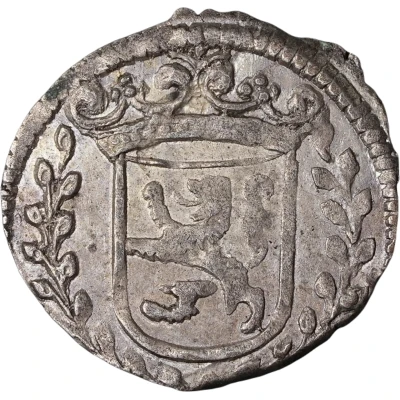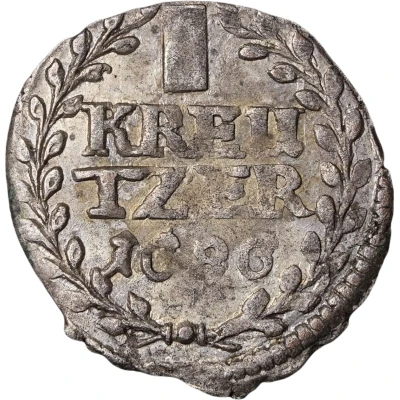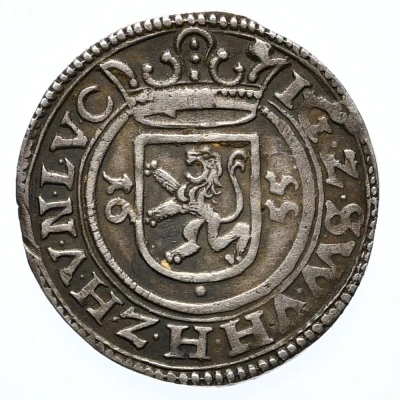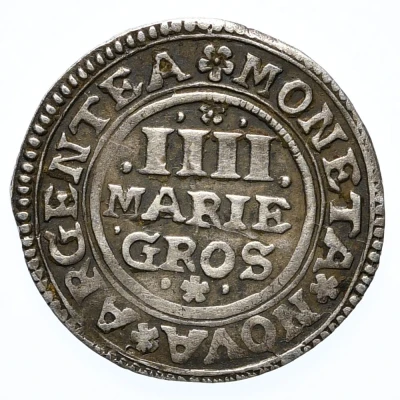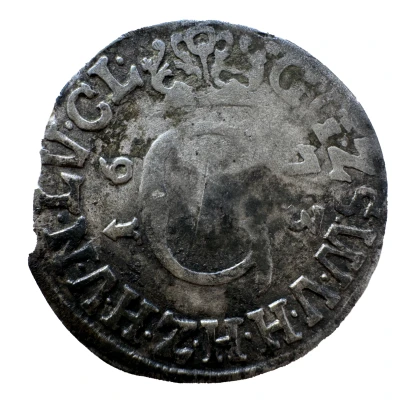
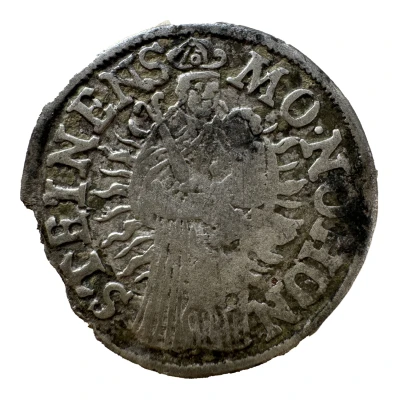

© magicznyleszek (CC0)
1 Mariengroschen - Gustave
| Silver | 1.38 g | 20.5 mm |
| Issuer | County of Sayn-Wittgenstein-Hohenstein (German States) |
|---|---|
| Count | Gustave (Gustav) (1657-1700) |
| Type | Standard circulation coin |
| Years | 1672-1673 |
| Value | 1 Mariengroschen (1⁄36) |
| Currency | Thaler (1657-1806) |
| Composition | Silver |
| Weight | 1.38 g |
| Diameter | 20.5 mm |
| Shape | Round (irregular) |
| Orientation | Variable alignment ↺ |
| Demonetized | Yes |
| Updated | 2024-10-05 |
| Numista | N#402048 |
|---|---|
| Rarity index | 97% |
Reverse
Madonna and Child with rays around.
Script: Latin
Lettering: MO NO HON STEINENS
Unabridged legend: Moneta Nova Honsteinens
Translation: New coinage of Hohenstein.
Comment
There are some varieties in existence, because the Principality of Wittgenstein was notorious for illegally underweight coins.
Interesting fact
The 1 Mariengroschen coin from the County of Sayn-Wittgenstein-Hohenstein is interesting because it was issued during a time of great economic and political change in Germany. The coin was minted in the late 17th century, a period of rapid urbanization and trade, which led to the emergence of new economic powers and the decline of feudalism. The coin's silver content and intricate design reflect the increasing importance of trade and commerce in the region during this time. Additionally, the coin's issuance by a smaller German state, such as the County of Sayn-Wittgenstein-Hohenstein, highlights the decentralized nature of power in Germany during this period, with multiple small states and cities issuing their own currencies.
